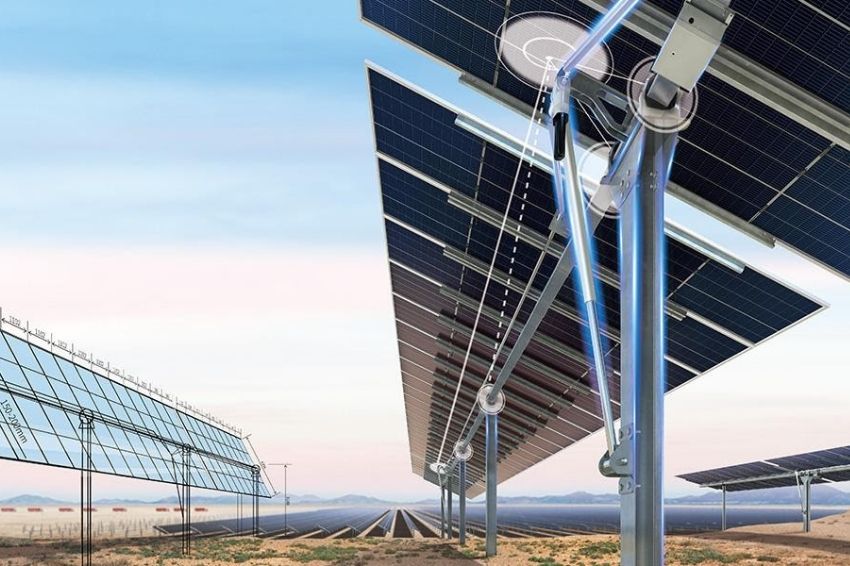According to the latest report published by PV InfoLink, production of modules with 210 mm cells will reach 147 GW this year and 234 GW in 2022. In total, the high-power panels will account for more than 70% of global power capacity. manufacturing.
Among the projects spread across the international market are those of Trina Solar. The company disclosed about 210 cases of large projects, such as the 400 MW agricultural solar plant in Nangong, Hebei Province, China.
“Average hours of power generation increased by 18% with the integrated provision of Vertex [high-power] modules in conjunction with Trina Tracker systems, compared to traditional solutions,” said Zhang Yingbin, head of Product Strategy and Marketing from Trina.
“The customer involved in the 112 MW project in Dachaidan, Qinghai province, chose the 670 W series ultra-high power panels because they wanted to use only photovoltaic panels with high capacity and reliability to withstand extreme weather conditions, as the plant It’s in the desert,” he highlighted.
Outside the Chinese market, the executive also highlighted that there are many other projects with modules that use 210 mm cells. “In early August, Trina Solar became the sole supplier of panels for a large solar plant of 850 MW in Brazil, all designed for 600 W series photovoltaic modules”.
Top industry trends
Another point highlighted by Yingbin refers to the main trends in the photovoltaic industry. “Firstly, we see two. One is globalization. More than 180 countries are embracing photovoltaic applications. The other is the diversification of application scenarios, such as agriculture, fishing, water, gas stations and parking lots – which demand greater module performance, especially with regard to reliability.”
According to him, solar panels face enormous challenges when exposed to cold and extreme weather conditions such as wind, snowstorms and hail. “Therefore, we conduct a wide range of tests covering all of these eventualities so that the 670W cards can support them with stable power production capacity throughout their entire life cycle.”
Design optimizations for 670W modules
Amid this scenario, the expert emphasized which design optimizations Trina developed so that the 670 W Vertex modules passed the extreme climate test.
“Based on more than 24 years of photovoltaic module R&D technology and manufacturing experience, we have made many improvements, including optimizing the design, making the frame walls thicker, and improving the selection of materials and corresponding designs, all to ensure structural robustness”, he reported.
“If our customers choose to build solar plants in extreme geographic and climatic conditions, we offer customized products and installation design services to provide complete solutions,” he stressed.
Read more: Trina achieves 23,56% efficiency in PERC cells
Does optimization mean costs will increase?
According to Trina Solar's head of Product and Marketing Strategy, it doesn't make sense to just cut costs and ignore the long-term reliability of products. “However, optimizing and improving reliability in no way implies increasing prices. It has been calculated that cost increases will be minimal, taking into account the real value that the 670 W modules deliver to customers throughout the life cycle of the photovoltaic plants.”
















